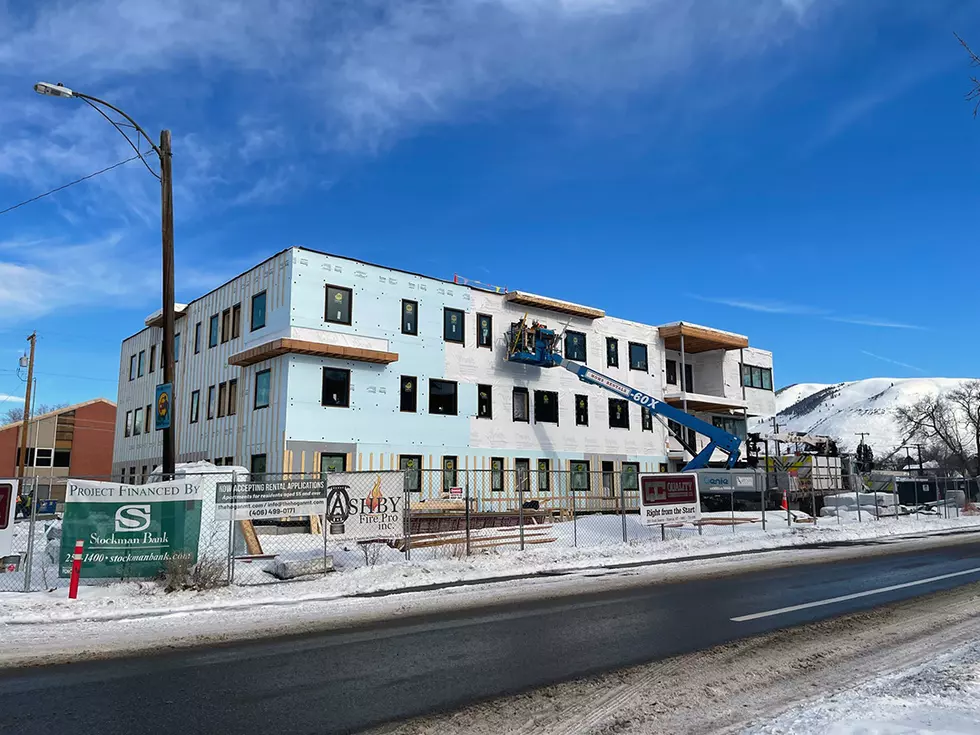
Montana cities react to zoning, planning changes from Legislature
Jonathon Ambarian
BOZEMAN (KPAX) - Housing availability was a top issue during the Montana Legislature’s 68th session.
In one major attempt to address it, lawmakers passed a series of bills changing how cities handle zoning for residential development.
Now, city leaders are working on making sure they’re in line with those changes.
Chris Saunders, Bozeman’s community development manager, says they were watching “fairly closely” throughout the session, to see how the Legislature’s actions might affect local governments.
“The city always is interested in engaging with our elected officials – and obviously what they do impacts what the city does,” he said.
Several of the new laws that came out of the 2023 session were aimed at encouraging denser housing development within cities, through new requirements for zoning and land-use planning.
Saunders says, when it comes to zoning, Bozeman has already started going in the same direction lawmakers want.
“Based on just general evolution of development practice nationwide – and then also within our own growth policy, it asked us to look at those kinds of issues as well,” he said. “So we had started on that journey already.”
Chris Brink, community development director for Helena, expressed similar sentiments.
He said the city has been “ahead of the curve” on a number of the proposals that came up during the session.
“We're really hoping that we'll be an example moving forward to how this process gets implemented,” he said.
Some of the bills passed this year put in specific requirements that larger municipalities will have to follow.
For example, Senate Bill 323 requires that cities with more than 5,000 residents allow duplexes anywhere that single-family residences are allowed.
Senate Bill 245 says municipalities designated as urban areas that have more than 7,000 residents must allow multi-unit housing developments in commercial zones.
Bozeman has a few areas that are still zoned for single-family only; Saunders says they’ll look at updating that in the coming months.
On the other hand, Brink says Helena already allows duplexes in all residential areas.
Both say their cities are already open to multi-unit developments.
One of the biggest bills on zoning and land use was Senate Bill 382. Its sponsor, Sen. Forrest Mandeville, R-Columbus, worked closely with the Montana League of Cities and Towns on the bill.
SB 382 establishes a completely updated land-use planning process for certain larger cities.
Each of those cities will be responsible for creating a new plan and future land-use map.
“All the work is frontloaded, so the public will have a big robust piece when we draft the land-use plan – that will be their piece to have input into the process,” Brink said.
SB 382 applies to cities with more than 5,000 people that are in counties with more than 70,000 people.
That currently includes ten cities. In addition to Bozeman and Helena, they are Billings, Great Falls, Missoula, Kalispell, Columbia Falls, Whitefish, Belgrade and Laurel.
Cities have three years from the signing date of the bill to update their regulations — making the deadline May 2026.
However, cities that have recently updated their growth policy will have until that date or five years from the adoption of the policy, whichever is later.
As part of the new regulations, cities will need to adopt at least five recommendations from a list of more than a dozen strategies to improve housing access.
Those strategies range from reducing minimum lot sizes to allowing taller buildings and reducing buildings’ required setbacks from property lines to encouraging development of accessory dwelling units — smaller second housing units sharing a lot with a primary home.
Supporters of SB 382 said the “menu” of options was a way to require cities to prioritize housing while avoiding a one-size-fits-all plan.
Saunders said Bozeman leaders have already started thinking about which of the strategies will work best in their community.
“Some of them — like accessory dwelling units is one of the elements — that’s something Bozeman has had on the books as an allowance since 1996, so not a change at all in that area,” he said. “Other components definitely could be. Ultimately our elected officials will decide which of the alternatives that we choose, but we feel we can meet the bill requirements.”
Brink said he believes Helena is already close to meeting many, if not most, of the recommended strategies.
“We're going to at least meet the minimum, and we’ll more than likely probably comply with all 14 or 15 of them,” he said.
